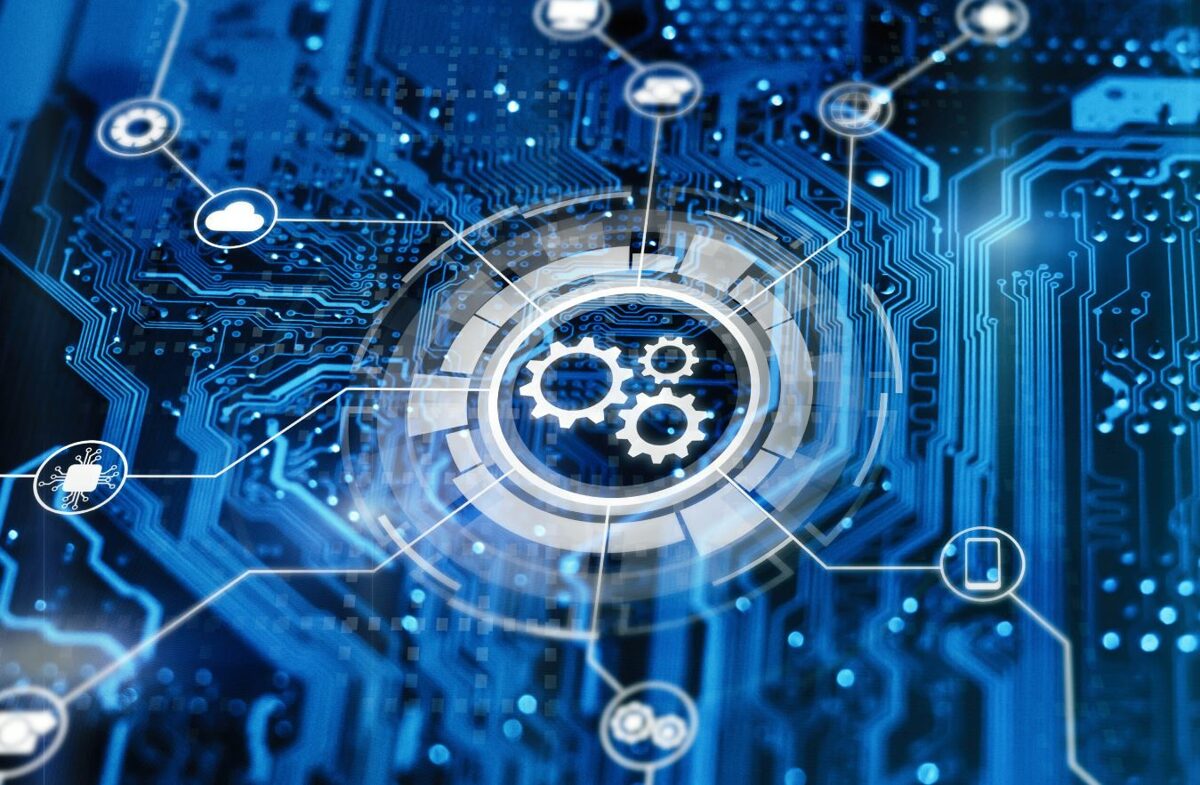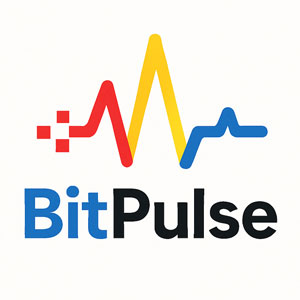The Silent Revolution of Edge Computing

Technology has a way of moving in cycles. For decades, the industry has shifted between centralization and decentralization, always searching for the most efficient way to process information. Today, we are witnessing one of the most important shifts in recent memory: the rise of edge computing. It is a silent revolution taking place at the intersection of connectivity, data, and performance, redefining how businesses and individuals interact with the digital world.
What Is Edge Computing?
At its core, edge computing refers to processing data closer to its source rather than sending it across vast networks to centralized data centers. Traditional cloud computing models rely on large, remote servers to handle complex workloads. While the cloud remains essential, it introduces latency, bandwidth costs, and potential bottlenecks when billions of connected devices are generating data simultaneously.
Edge computing solves this by moving computation to the "edge" of the network, often inside the device itself or at a local gateway. Think of it as shortening the distance between information and intelligence. By processing data locally, systems respond faster, reduce dependence on large-scale infrastructure, and improve reliability in scenarios where real-time decision-making is critical.
Why It Matters Today
The explosion of the Internet of Things is the single most significant driver of edge computing adoption. Smart factories, autonomous vehicles, wearable health devices, and connected homes all produce staggering amounts of data. Sending all this information to distant data centers would not only be costly but also impractical. Many of these applications require decisions in milliseconds. A self-driving car cannot afford the delay of waiting for a cloud server to tell it when to brake.
Edge computing delivers the speed and efficiency required by these scenarios. It minimizes latency and ensures that systems continue functioning even when internet connectivity is unreliable or unavailable. This is more than an incremental improvement. For many industries, it is the difference between innovation and stagnation.
Industries Leading the Charge
Several sectors have embraced edge computing as a core element of their digital transformation strategies. In manufacturing, real-time monitoring of machines reduces downtime and improves operational efficiency. Sensors on assembly lines analyze data instantly, detecting anomalies before they lead to costly failures.
Healthcare is another area where edge solutions are saving lives. Portable diagnostic tools and remote monitoring devices can process patient data locally, providing immediate alerts to medical staff. This is especially critical in rural or underserved regions where access to centralized healthcare infrastructure is limited.
Even entertainment is feeling the impact. Online gaming and virtual reality demand ultra-low latency to create immersive experiences. Edge servers positioned near players dramatically improve response times, enhancing user satisfaction and reducing frustration.
The Challenges Ahead
Despite its promise, edge computing comes with unique challenges. Security is one of the most pressing concerns. Distributing computing power across countless devices creates more entry points for cyberattacks. Protecting data at the edge requires new approaches to encryption, authentication, and monitoring.
Standardization is another obstacle. With so many different hardware platforms and software environments, interoperability remains a complex problem. Without clear standards, deploying edge solutions at scale can be slow and costly.
Finally, there is the matter of cost. While edge computing reduces dependency on centralized infrastructure, it often requires significant investment in new hardware and specialized software. Organizations must weigh these costs against the long-term benefits of faster, more efficient systems.
The Future of Computing Is Closer Than Ever
Edge computing is not a replacement for the cloud. Instead, it complements it. The future will be a hybrid model where cloud and edge work together, each serving roles that play to their strengths. The cloud will remain vital for large-scale data storage and analytics, while the edge will dominate in real-time, latency-sensitive environments.
For businesses, adopting edge strategies today means staying competitive tomorrow. For individuals, it means enjoying faster, smarter, and more reliable technologies in everyday life. This silent revolution may not make headlines every day, but its influence will shape the next decade of digital innovation.
At BitPulse, we believe the best way to understand the future is to watch where technology is moving quietly. Edge computing is one of those moves, and its ripple effects are already reaching every corner of the connected world.
